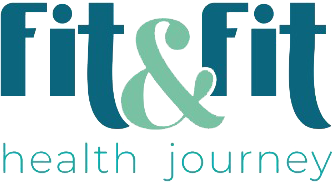INFORMATION FORM
Fill in the form to get detailed information and make an appointment, we will contact you.
Breast lift operations are performed based on your wishes and the surgeon's experience. The methods are chosen according to your breast size. Three types of incisions are used in the suturing process. The first of these is the lifting process, which is performed by making an incision only around the nipple. It can be used for breast lifting and shaping in patients who want a limited lift, do not have excess breast tissue, and only have the nipple displaced downwards. In larger volume, both sagging and displaced breasts, procedures performed by adding an incision around the nipple and downwards (in the shape of a lollipop) or adding an additional incision in the lower groove of the breast (inverted T-shaped) are preferred. In this way, the breast tissue and nipple are brought to the position they should be. After the incisions are made, a certain amount of breast tissue is preserved together with the nipple, and some is removed during shaping. For patients who want larger breasts, breast prosthesis can be placed under the mammary gland or muscle along with these procedures.
There are basic questions to ask you when you apply to a plastic surgeon. Some of these questions are your weight, height, smoking, pregnancy and breastfeeding process, family history of breast cancer, chronic diseases, medications you use regularly.
Although it varies, in clinical practices of patients with a body mass index >30, surgery is generally not preferred. Your smoking will impairs post-operative wound healing and blood supply of the nipple. Therefore, arising problem of wound healing, may be annoying. If you become pregnant after the operation, the results of the breast surgery will not be permanent; because with pregnancy, your tissue will grow again. In addition, lactation problems can be seen at a rate of 20%. Surgery should not be performed during breastfeeding or immediately after pregnancy. If possible, this process should be scheduled one year later. If there is breast cancer in the family, both monitoring methods (USG or mammography) and BRCA 1 mutation can be examined if there is suspicion. If the risk is high, breast evacuation and reconstruction can be performed. Diabetes and vascular disease can impair wound healing. The blood thinners and hormonal drugs you use can cause bleeding problems. Supportive products containing ginseng and some herbal teas consumed in large quantities can also cause bleeding problems.
Complications may be hematoma (blood collection), suture opening, local infection, seroma (seroma collection) in the late period, wound healing problems, breast asymmetry, inadequate reduction. These undesirable side effects can be treated easily.
A corset should be used for at least 1 month after the operation. After dressing for at least 2 weeks, creams that support wound healing and reduce scars can be started. Operations performed in the summer season may be a little more uncomfortable, as a corset should be used and water should not touch the wound for a certain period of time.

